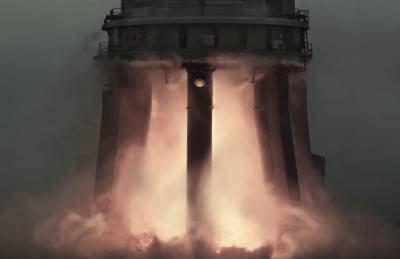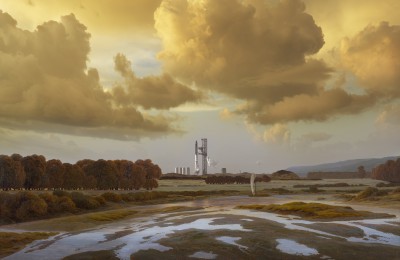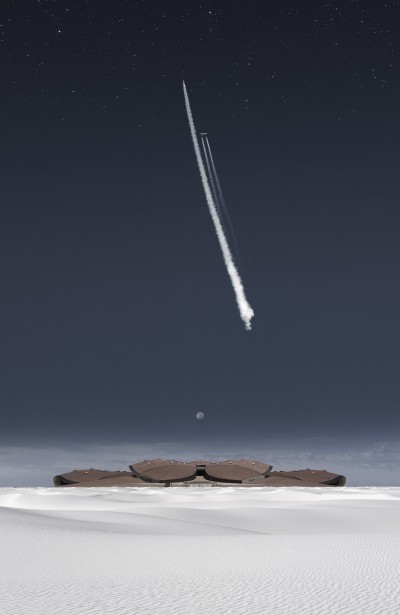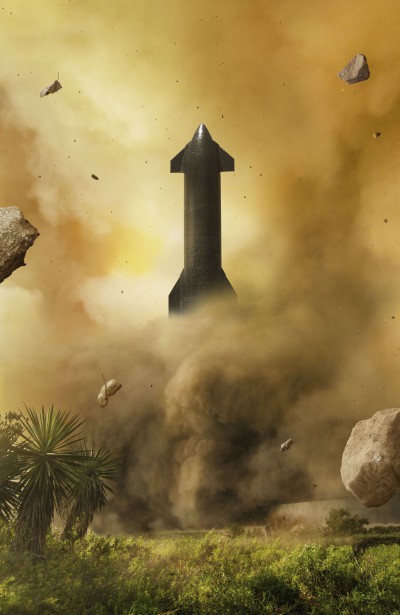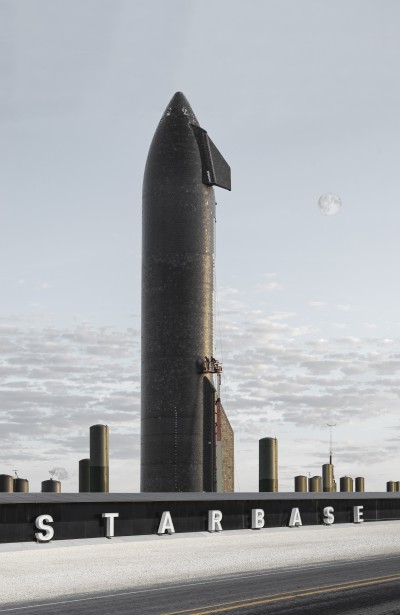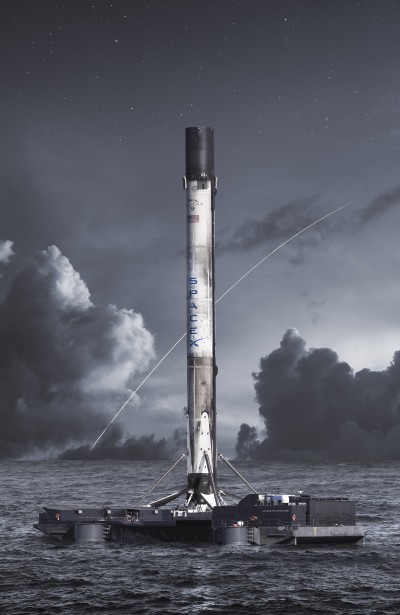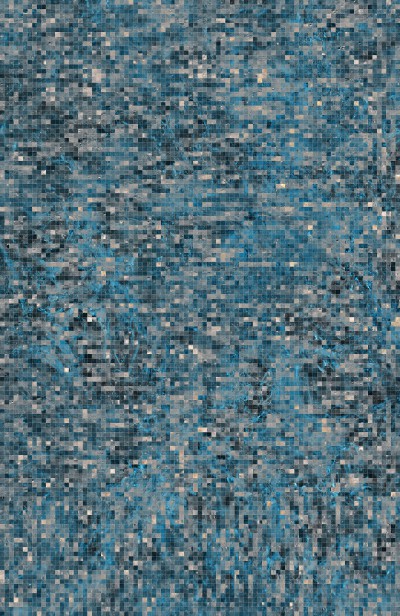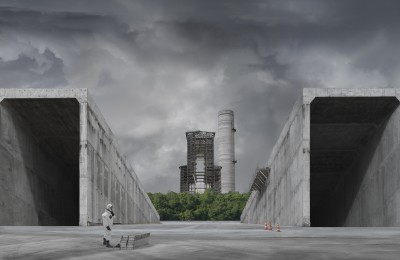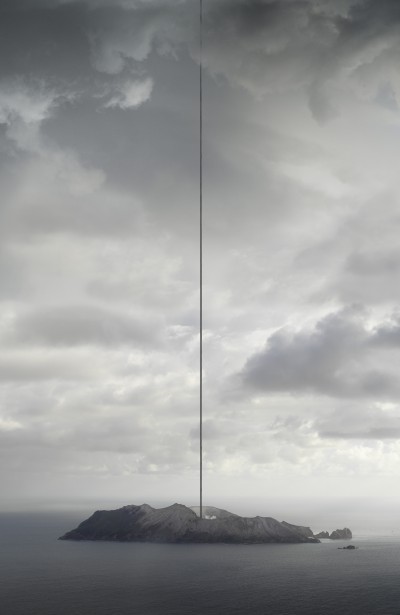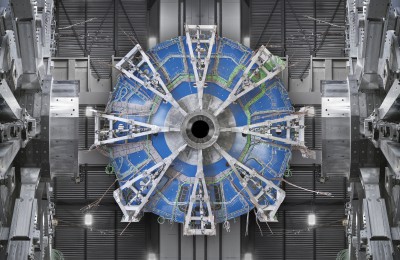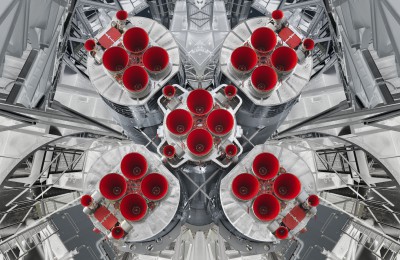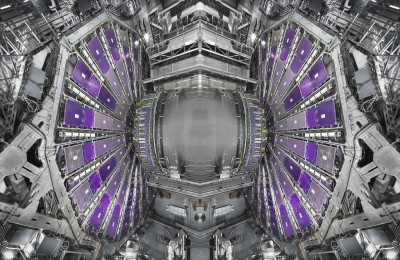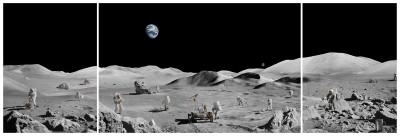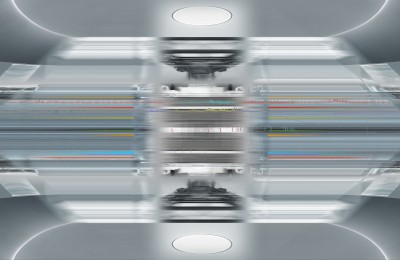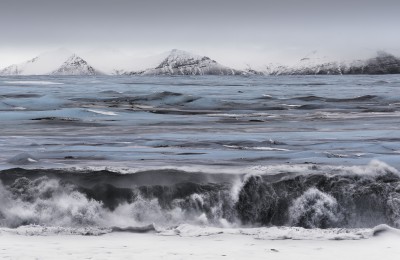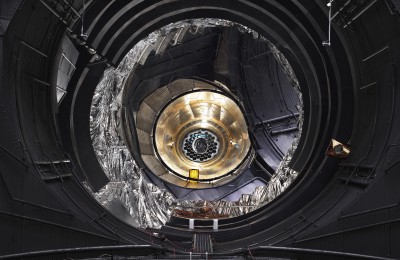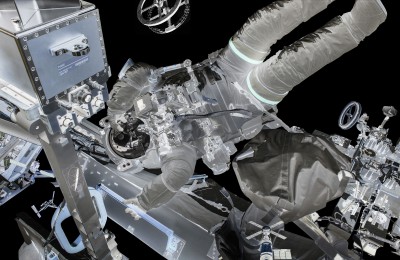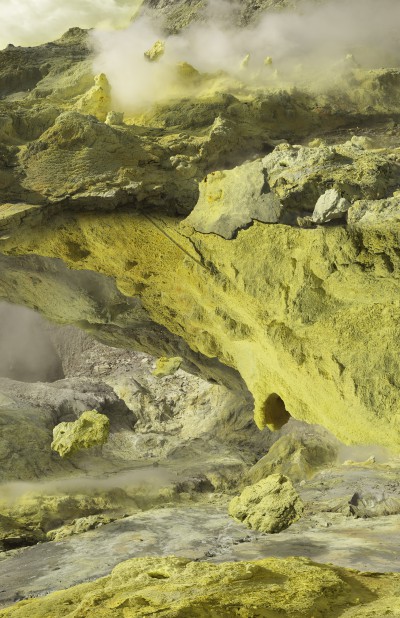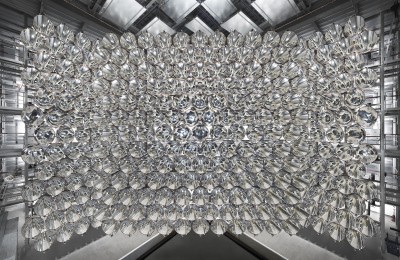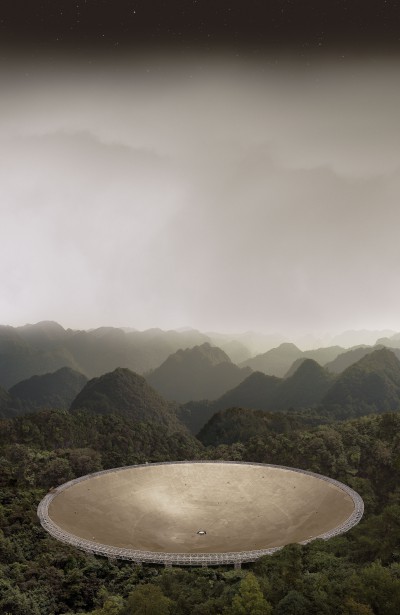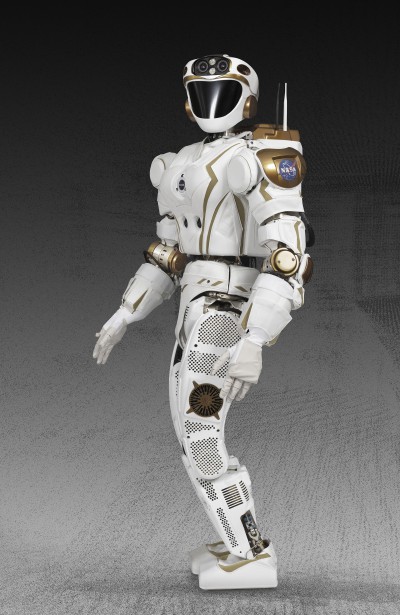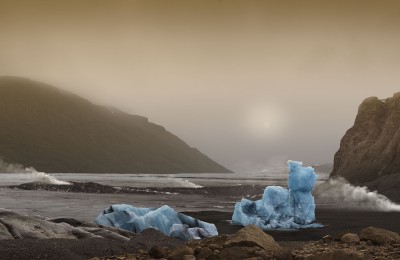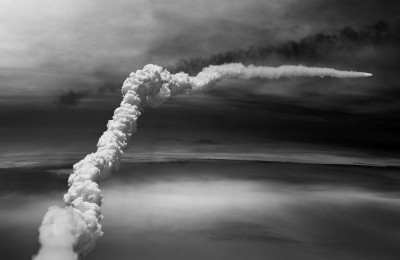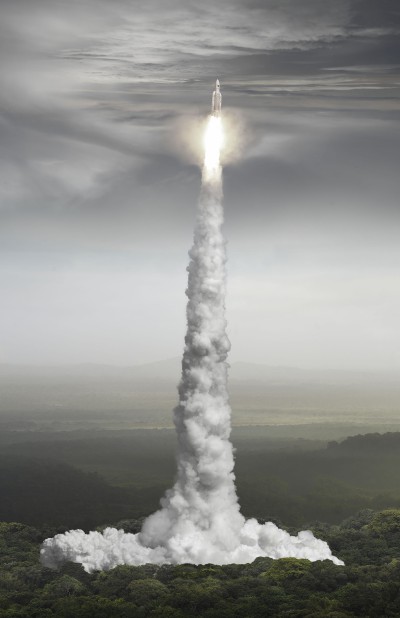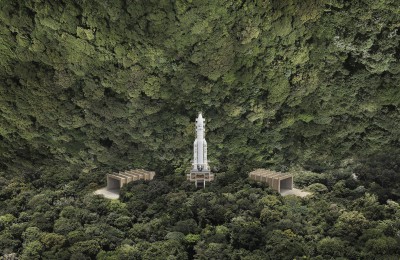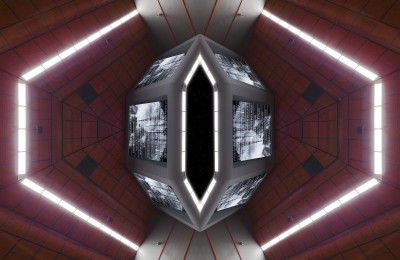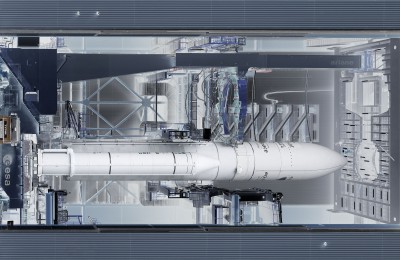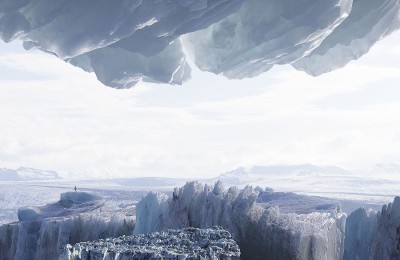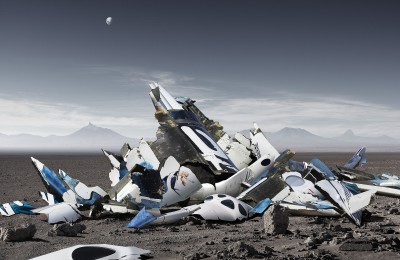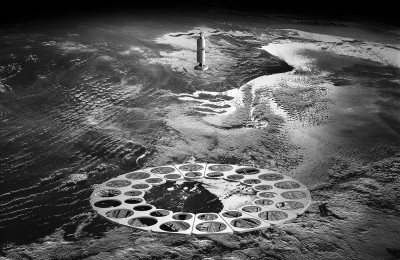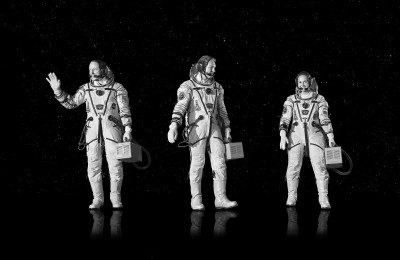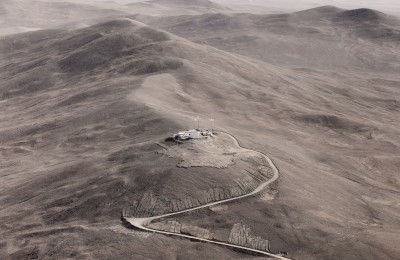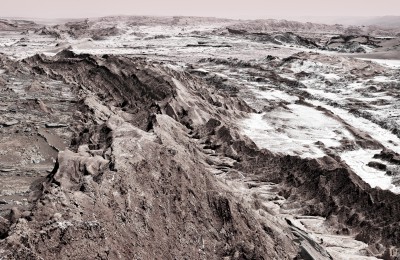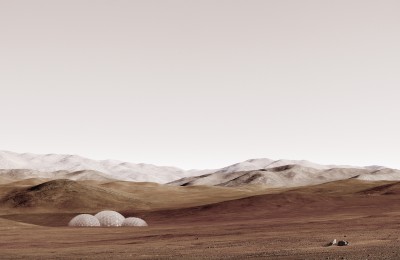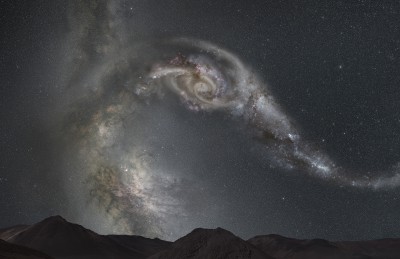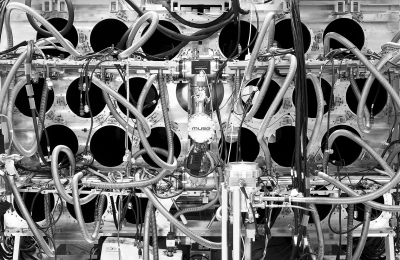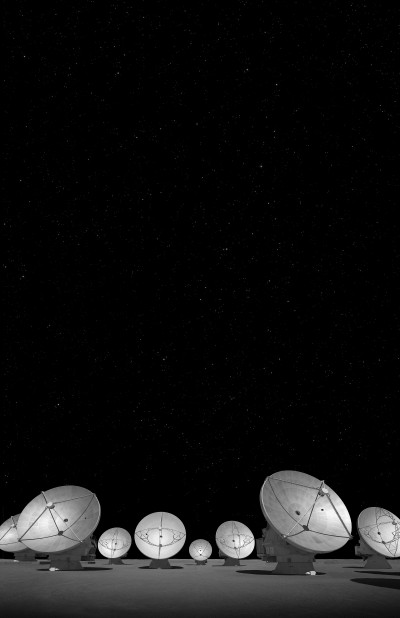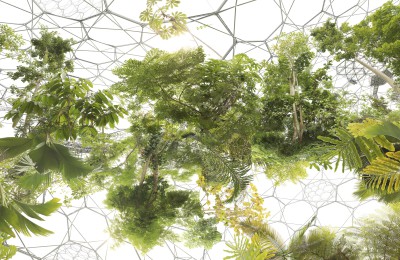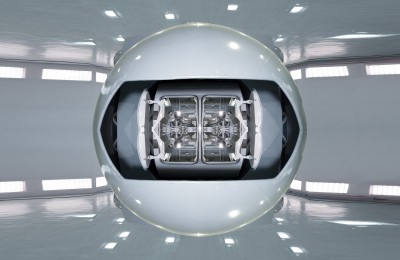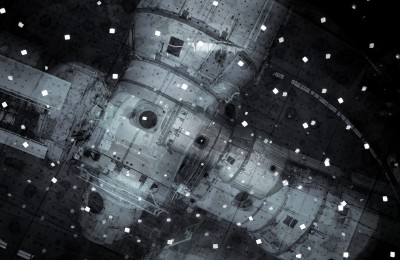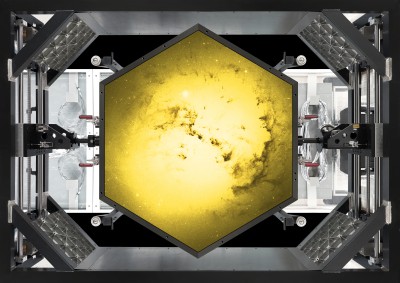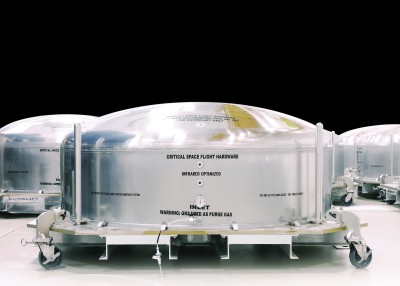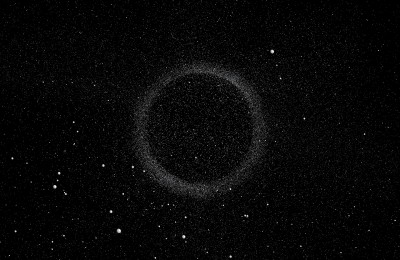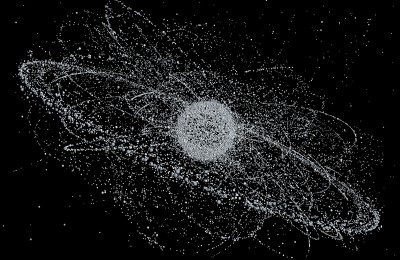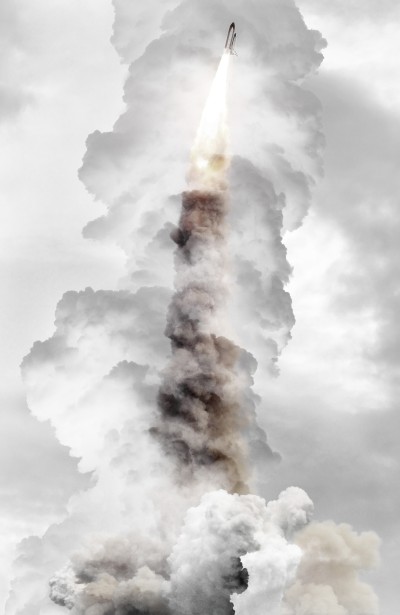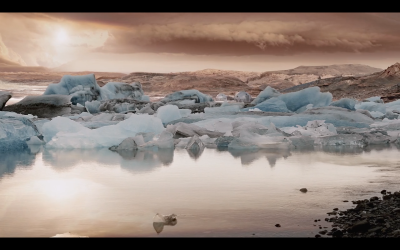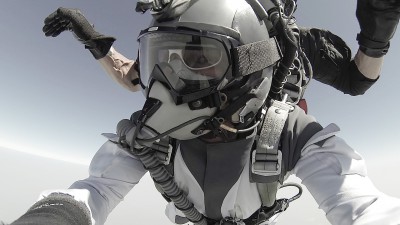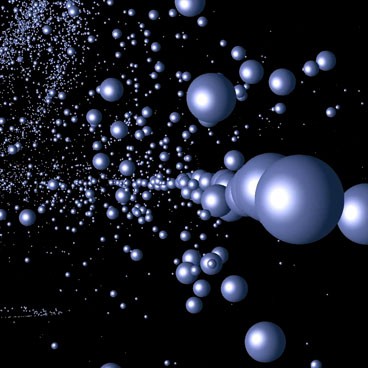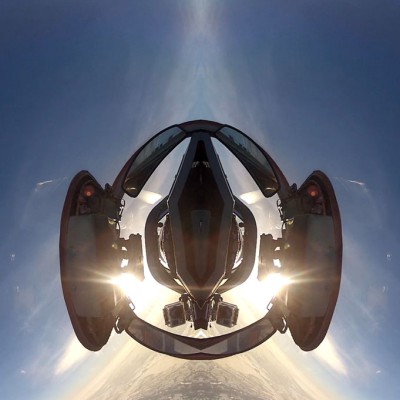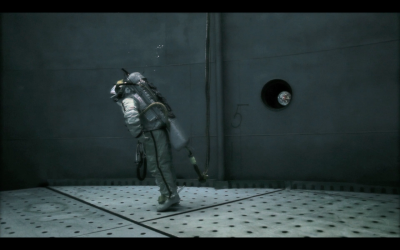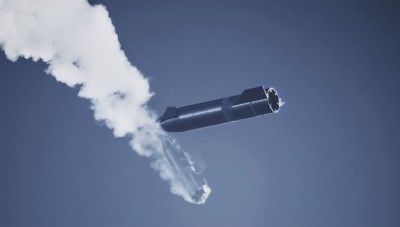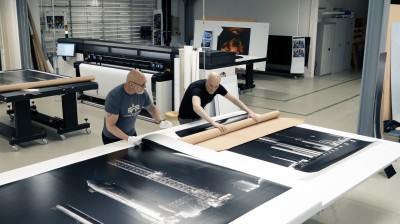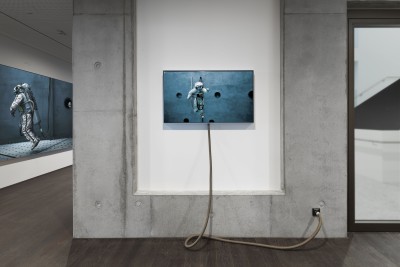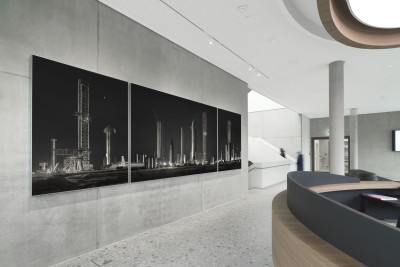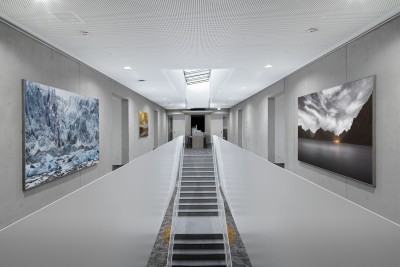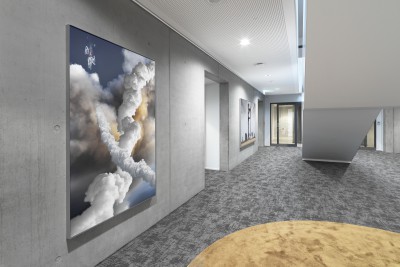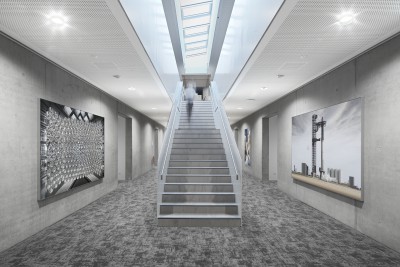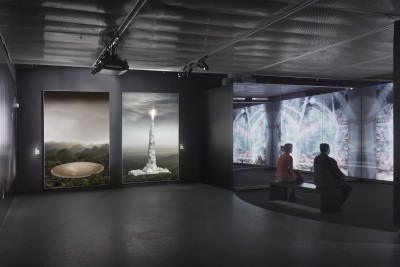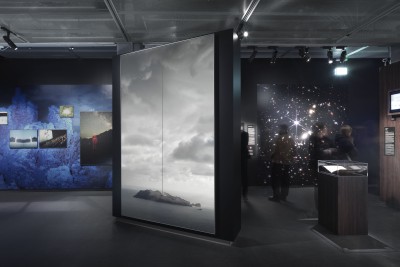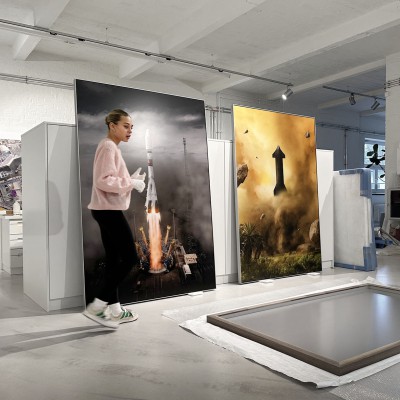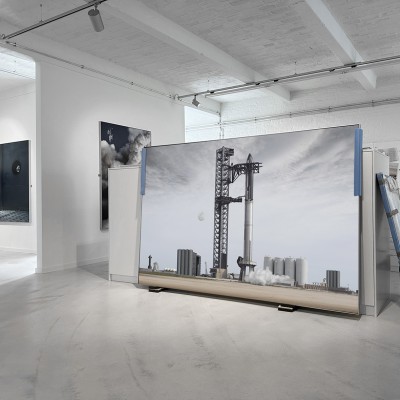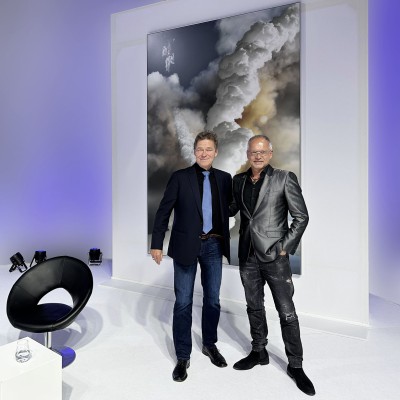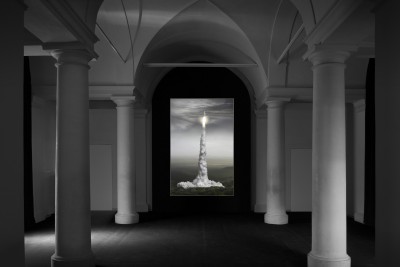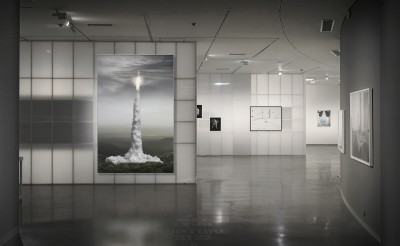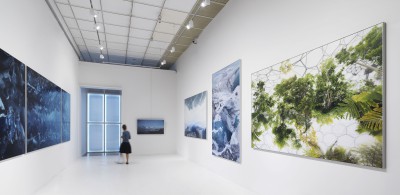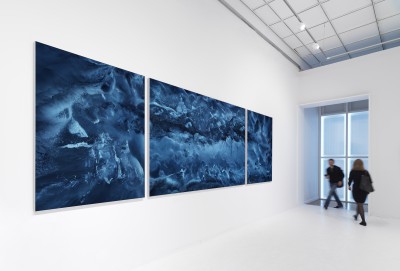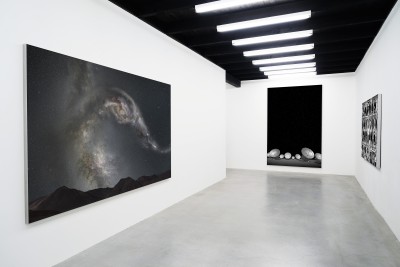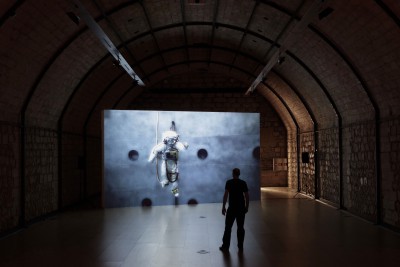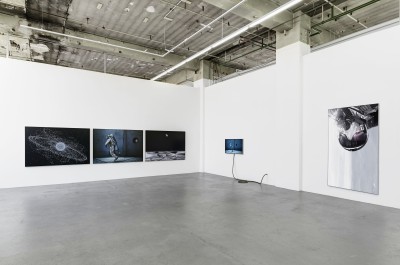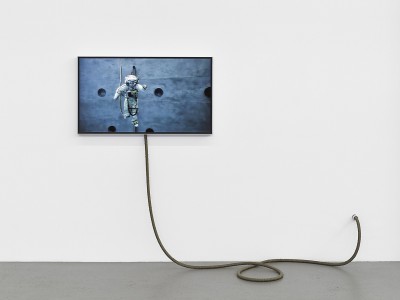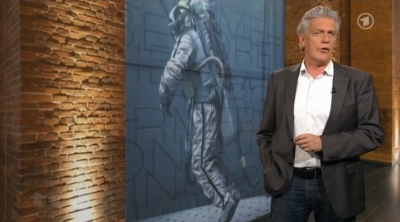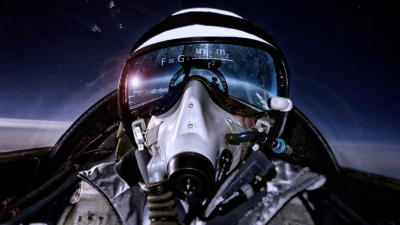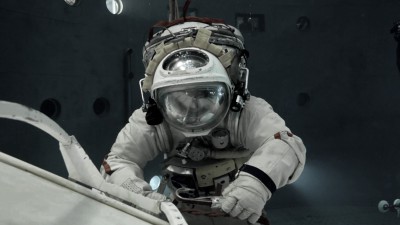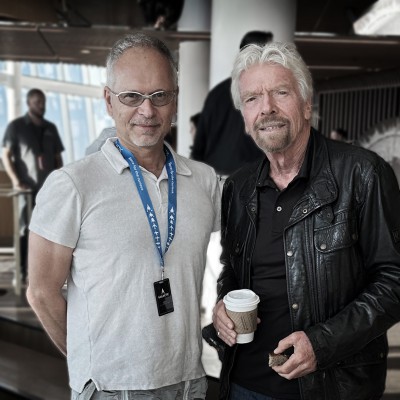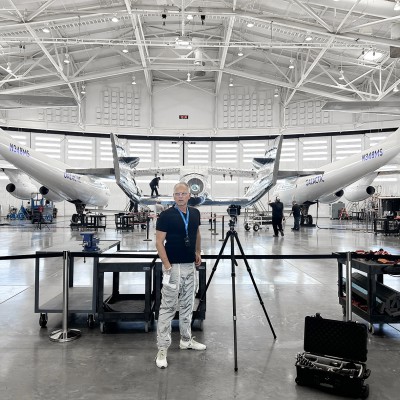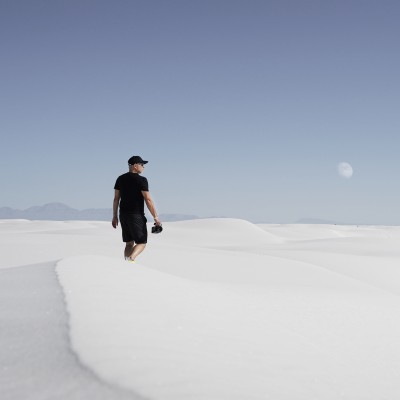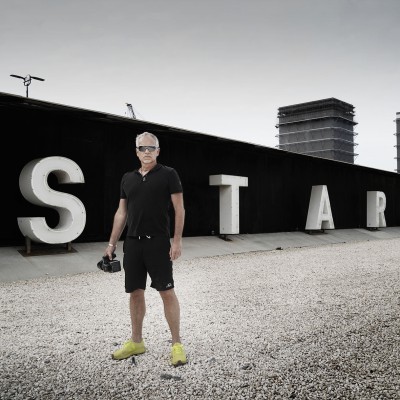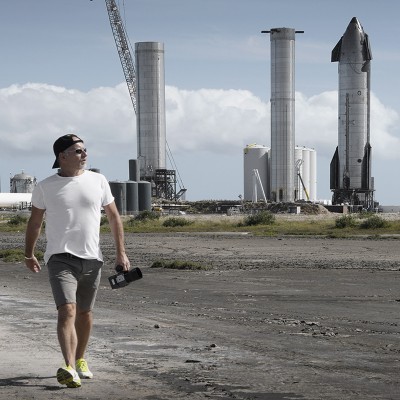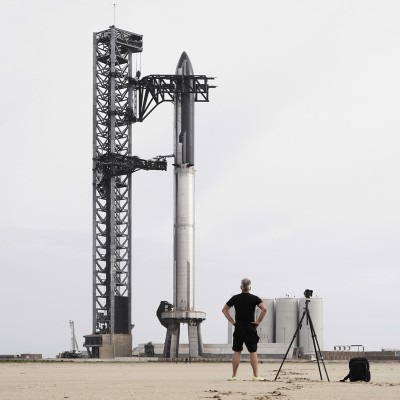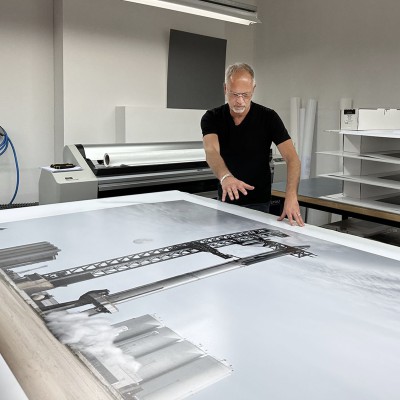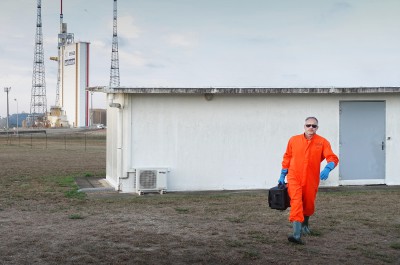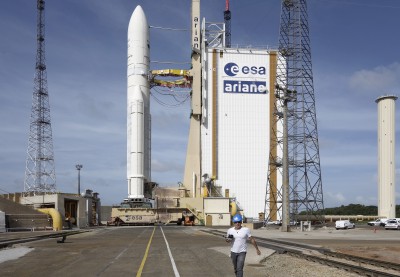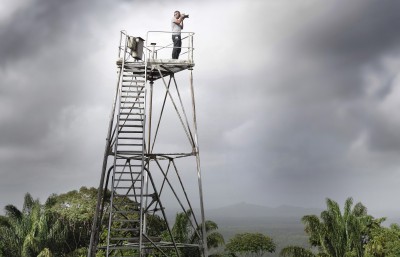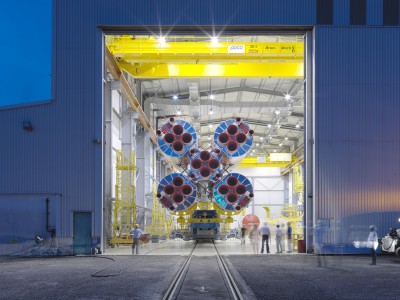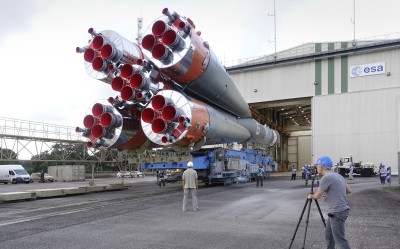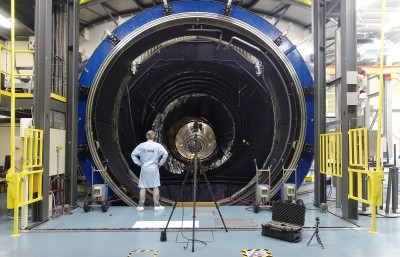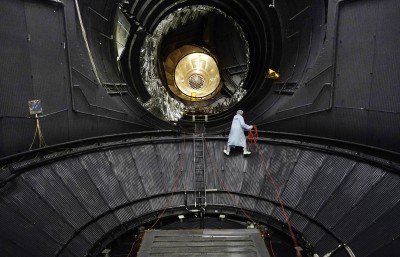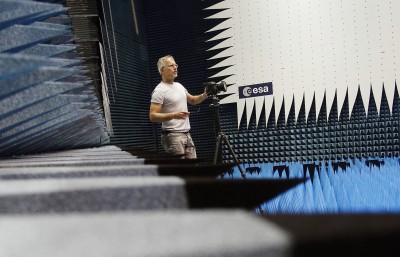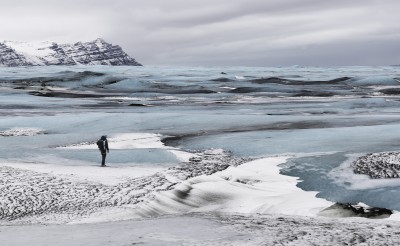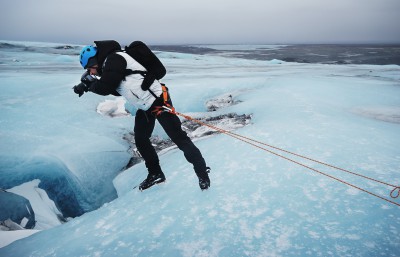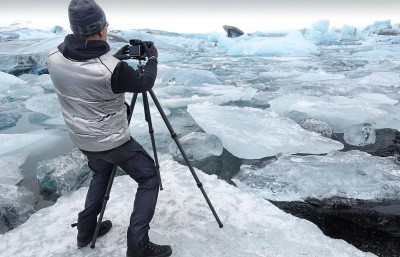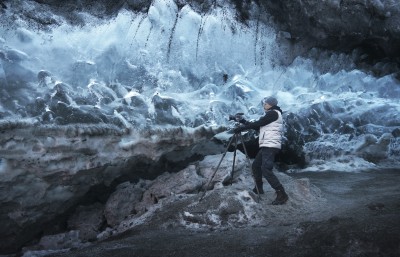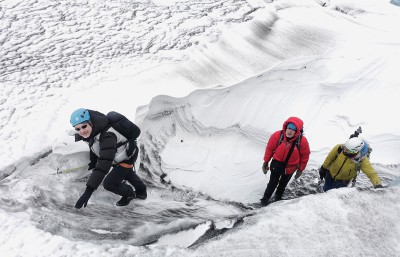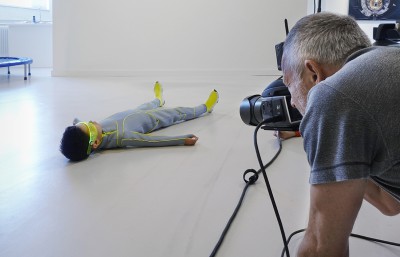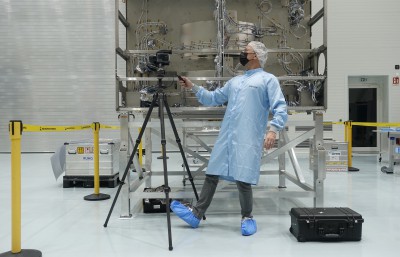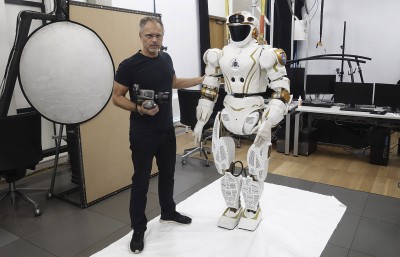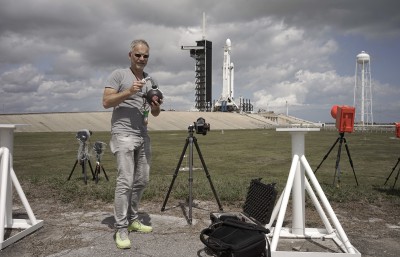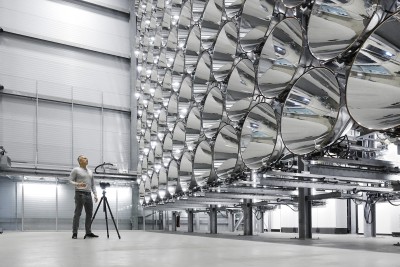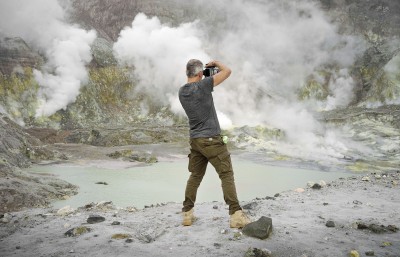outer space
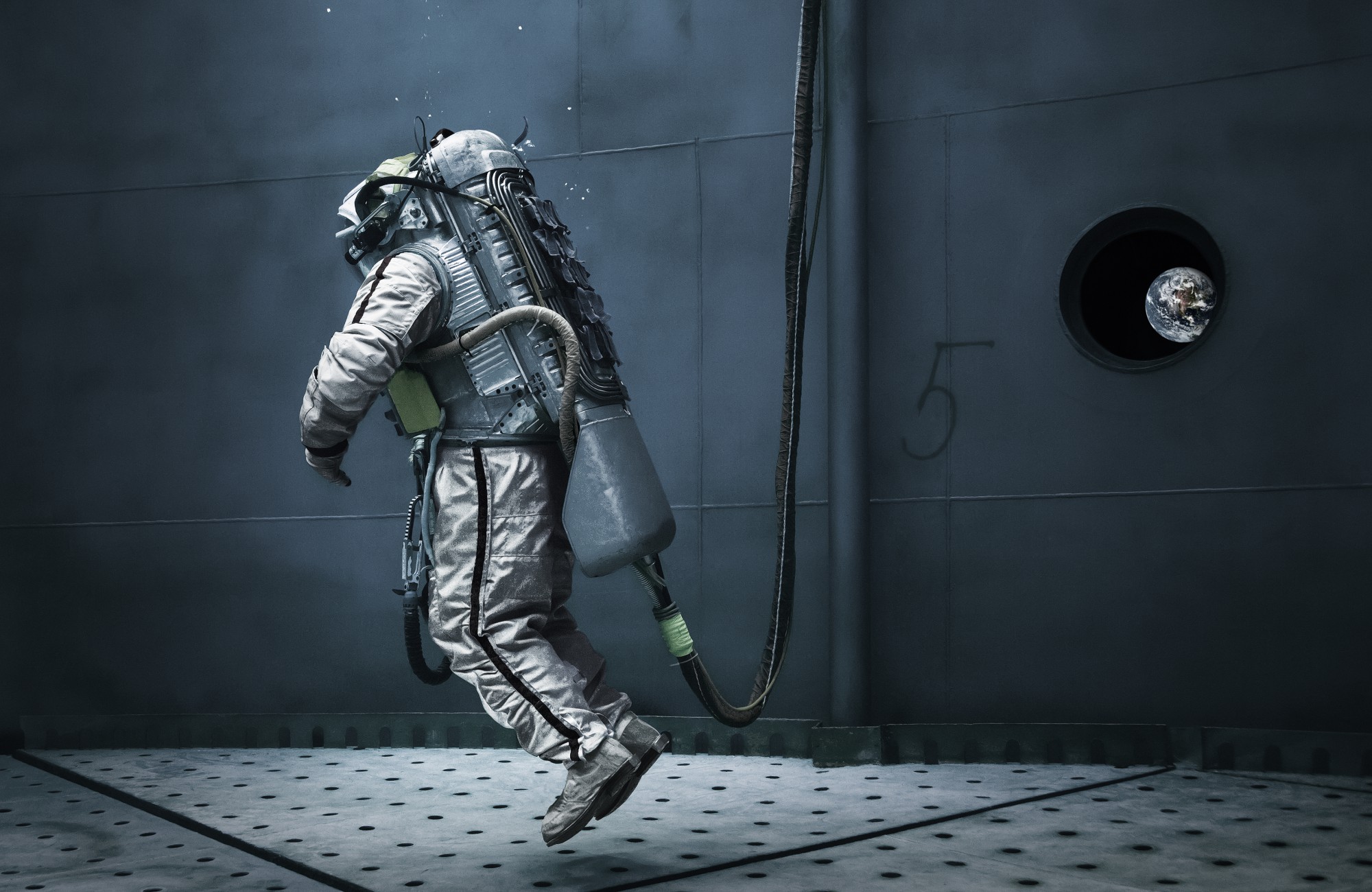
Michael Najjar‘s “outer space“ series deals with the latest developments in space exploration and the way they will shape our future life on Earth, in Earth’s near orbit and on other planets. The beginning of the civilian space development, civilization expansion into outer space, industrialization of the geo-lunar space, developing civil passengers transportation and accommodation in space will have a strong impact on humanity´s future.
Today the humans are facing growing threats on planet Earth including overpopulation, climate change, terraforming, diminishing resources, and shortages in the energy, food and water supply. Despite the fact that we need to protect our planet, colonization of our solar system might be the ultimate solution to guarantee survival of our species. Innovations in space travel will engineer sustainable technologies that will help us better maintain our own Spaceship Earth. By expanding the human presence throughout the solar system we will achieve the next level of evolution, the homo spaciens ¬¬– a new type of human being highly adapted to the space environment and more capable of exploring and settling it, capable of living away from Earth. We need to extend our existential framework of reference from one that is purely Earth-bound to one that includes Earth´s orbits and outer space in general. There is no dichotomy between Earth and space – the Earth itself is already in space.
The cultural dimension represented by this transition process towards a larger human presence in space is very much at the center of Najjar´s work. This ongoing “outer space” series started in 2011 with the final launch of the American Space Shuttle Atlantis and iscurrently comprised of 65 photographic artworks and 5 video works. The artist has traveled to the world´s most important spaceports like the Kennedy Space Center in the USA, Baikonur Cosmodrome in Kazakhstan and the Guiana Space Centre near Kourou in French Guiana. He has met with numerous scientists, engineers and astronauts, and visited space laboratories around the globe constructing new spacecrafts, rockets, satellites and telescopes. He traveled to the Atacama Desert in Chile to photograph the world´s most powerful telescopes located at sites across high altitude plateaus in the Andes. In China he photographed FAST, the world´s largest radio telescope hidden secretly in deep forest; in Iceland he explored the issue of terraforming, climbing down into glacier caves to portray the melting ice sheets. His collaboration with leading scientists, engineers and space agencies has given him privileged access to locations that are usually unknown to, and unseen by, the public. Like in Switzerland where he was given access to CERN, the world´s largest particle accelerator. The present series focuses on the interfaces between art, science and technology, and blends documentary and fictive scenarios to create visionary enactments and unique artworks of current and future space exploration.
One essential hallmark of Najjar’s work is the way it is deeply informed by an experiential hands-on approach. The intimate experience of “living through” situations that provide the leitmotifs of his art is vital to the artist. This performative aspect has also become a fundamental part of Najjar´s work process and will culminate in the artist´s own flight into space. As one of the pioneer astronauts of Virgin Galactic, Michael Najjar will be embarking on SpaceShipTwo on one of ist future spaceflights where he will be the first artist to travel in space. To prepare for this flight Najjar is conducting an intensive and ongoing astronaut training program at Star City (GCTC), Russia, the German Space Center (DLR) in Cologne and the National Aerospace Training and Research (NASTAR) Center in the USA. Defying physical limits, the artist puts his body through a grueling series of training sessions including a stratospheric flight in a MiG-29 jet fighter, zero gravity flights, centrifugal spins, underwater space-walk training in a heavy astronaut suit, and a HALO jump from an altitude of 10,000 m: all these are situations of extremity which he captures on camera to investigate his own physical and mental responses and exemplify them in his works.
Works from the “outer space” series have been exhibited internationally in numerous museums, biennials and galleries. The prestigious DISTANZ Verlag, Berlin, published two comprehensive books on the series.
